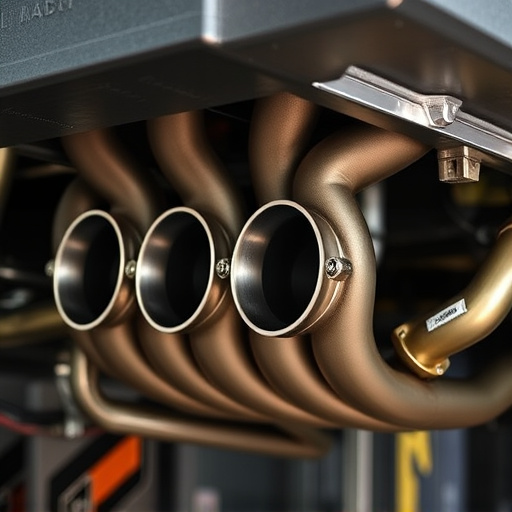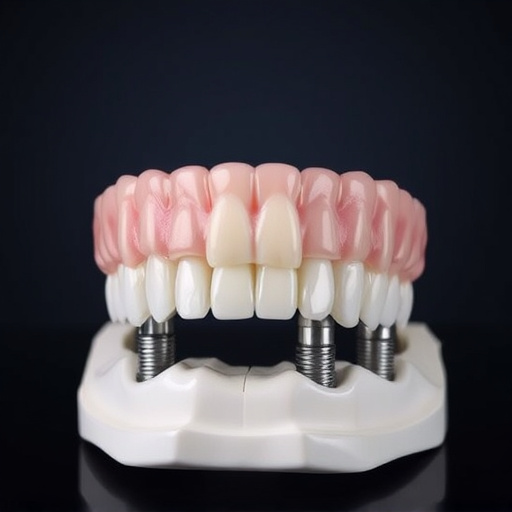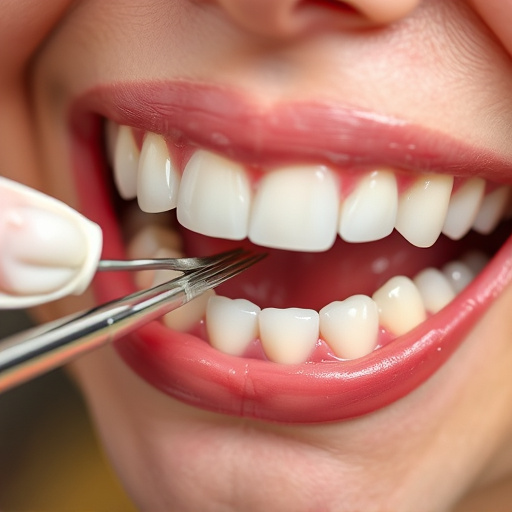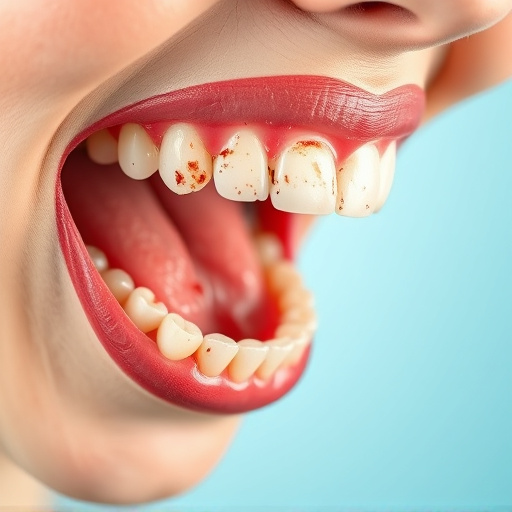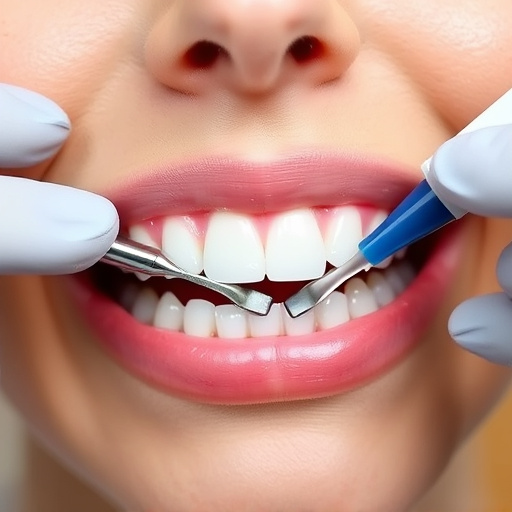Creating an inclusive handicap accessible dental environment is essential for providing quality care to individuals with disabilities. By implementing simple modifications like wheelchair accessibility, raised seating, and training staff in empathetic communication, dental practices significantly enhance patient experiences. Offering tailored services from clear aligners to gentle extractions, along with routine exams in a comforting setting, builds trust and encourages regular dental visits, ultimately promoting overall well-being. This inclusive approach not only benefits individuals but also contributes to a healthier community as a whole.
In today’s world, equitable access to dental care is not just a moral imperative but a fundamental right. Handicap accessible dental care ensures that individuals with disabilities receive the same level of compassionate, quality treatment as their able-bodied counterparts. This article explores the multifaceted aspects of creating an inclusive environment, training dental providers, and implementing specialized treatments to cater to the unique needs of patients with disabilities. By delving into these areas, we aim to highlight best practices and successful implementations, ultimately fostering a more accessible and supportive dental care landscape.
- Creating an Inclusive Environment
- – The importance of accessibility in dental care
- – Adapting dental practices for patients with disabilities
Creating an Inclusive Environment
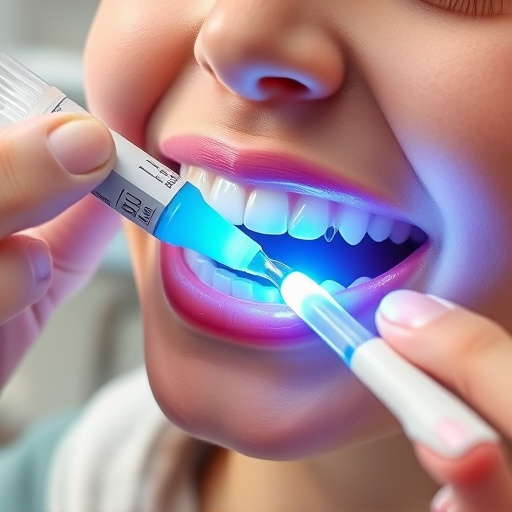
Creating an inclusive environment is a cornerstone of providing handicap accessible dental care. This means ensuring every patient, regardless of their physical abilities, feels welcomed and comfortable from the moment they walk in. Simple modifications like wheelchair accessibility, raised seating, and clear signage can significantly enhance the experience for those with disabilities. Additionally, training staff on empathetic communication and adaptive techniques allows for better interaction and care tailored to individual needs.
A key aspect of this inclusive approach involves offering a range of services, such as clear aligners for those who prefer or require braces without traditional metal wiring, and providing gentle tooth extractions when necessary. Routine oral exams become more accessible when the dental setting accommodates various physical needs, ensuring that everyone can maintain their oral health effectively. This holistic approach fosters trust and encourages regular dental visits, promoting overall well-being for all patients.
– The importance of accessibility in dental care

In the realm of healthcare, ensuring accessibility for all is paramount, and this principle extends to dental care as well. Handicap accessible dental services are crucial in eliminating barriers that may prevent individuals with disabilities from receiving the oral health care they deserve. Dental anxiety, physical limitations, or sensory sensitivities should never deter someone from maintaining their oral hygiene and overall well-being. By providing compassionate and inclusive care, dental practices can foster a sense of comfort and security for patients who might otherwise avoid essential treatments.
Offering services tailored to meet the unique needs of individuals with disabilities, such as wheelchair accessibility, specialized equipment, and sensory-friendly environments, makes general dentistry more inclusive. From simple cosmetic fillings to complex procedures like dental crowns, ensuring these services are accessible ensures that no one is left behind when it comes to achieving optimal oral health. This not only improves individual quality of life but also contributes to a healthier, more vibrant community as a whole.
– Adapting dental practices for patients with disabilities

In the pursuit of providing inclusive healthcare, dental practices are increasingly adapting their services to cater to patients with disabilities, ensuring that everyone receives the oral care they need. This involves making physical spaces more accessible through ramps, wider doors, and low-hanging light fixtures for those with mobility challenges. Specialized equipment like adjustable chairs and tools designed for different dexterity levels also play a crucial role in creating a handicap accessible dental environment.
Beyond the physical adjustments, dental providers are being trained to offer compassionate care tailored to diverse patient needs. This includes accommodating individuals who use assistive technologies, such as speech devices or sign language interpreters, during procedures and consultations. Moreover, services like clear aligners and customized oral appliances cater specifically to patients with certain disabilities, while dedicated children’s dentistry ensures that young patients with special needs receive age-appropriate care in a soothing atmosphere.
In a world where everyone deserves quality dental care, creating an inclusive environment is not just a moral obligation but also a practical necessity. By adapting dental practices to cater to patients with disabilities, we ensure that no one is left behind in seeking essential oral health services. A handicap accessible dental clinic equipped with compassionate providers can make a significant difference, promoting overall well-being and fostering dignity for all individuals, regardless of their physical abilities.






